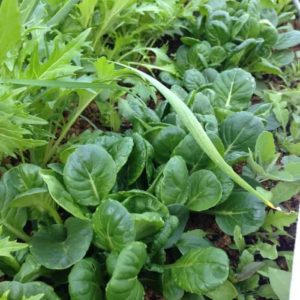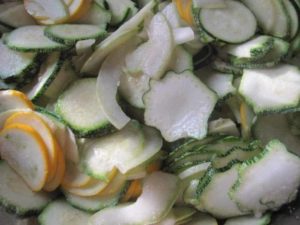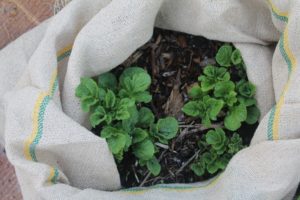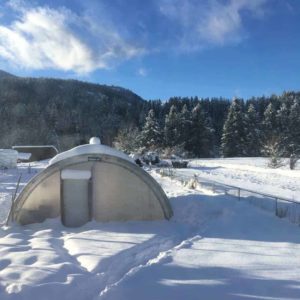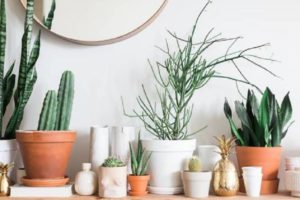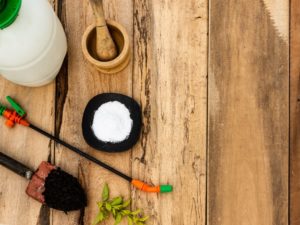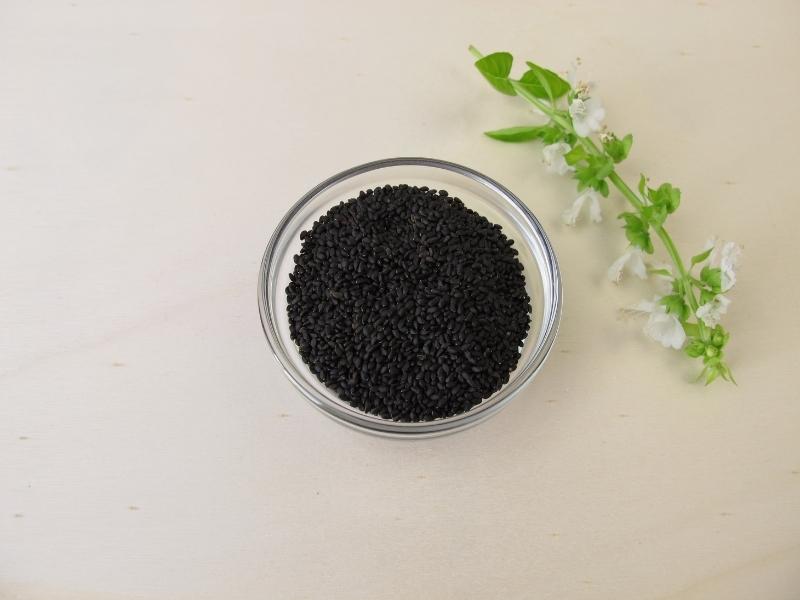
Growing basil is cheaper than buying basil from the supermarket, but basil only grows outdoors in the summer.
Harvesting the seeds from your most fragrant basil plant means that you’ll get the same taste and cultivar with every new basil plant you grow.
The process of harvesting basil seeds is easy and takes less than 10 minutes.
How to Harvest & Save Basil Seeds
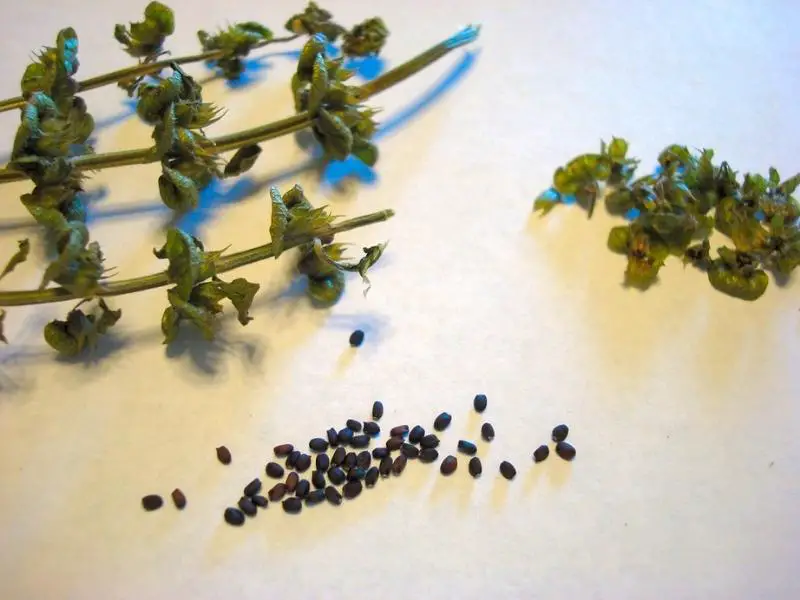
To harvest and save the seeds from any kind of basil plant, follow the steps outlined below:
Step 1: Wait for Flowers to Form
You shouldn’t allow flowers to form before you’re ready to harvest the leaves, because basil’s taste becomes bitter after the plant flowers.
However, basil seeds are found in the flowers, so once you’re done harvesting the herbal leaves for the season, let the flowers form so you can harvest the seeds.
After picking your last batch of fragrant leaves, allow the basil to grow tall. Clusters of leaves will form, surrounding tiny buds that will grow vertically into green flower stalks and eventually blossom into rows of white flowers. Continue to fertilize and water the plant as normal.
Step 2: Allow the Plant to Turn Brown
When basil flowers, the plant begins to shut down and focus on reproduction mode, rather than growth mode. The result is that the flower stalks and the white flowers turn brown.
It takes a couple of weeks from flowering for the flower stems to dry out and brown. In all, the flowering and browning process takes upwards of six weeks. During this time, water and fertilize your plant as usual.
Step 3: Remove the Flowers From the Stems
The leaves and flowers are difficult to distinguish from one another on a brown basil plant, but you should notice the difference when you look closely — the flowers have clusters of petals, while the leaves are found in ones or twos.
To ensure you harvest as many seeds as possible, separate the flowers from the leaves by gently pinching the flowers off the stems.
Special tools aren’t required for this job — the dried flowers will separate easily in your fingers. Place the collected flowers in a small tub
.
Step 4: Process the Flowers
Leave the tub of flowers in a warm, dry location, allowing them to dry out completely. A dark kitchen cupboard away from sunlight is a good location for storing basil flowers.
Store the flowers for three or four days. When the flowers are brittle or crispy to the touch, remove the tub from storage and move on to the next stage.
Step 5: Extract the Seeds from the Flowers
To remove the seeds from the dried flowers, place the flowers on a cutting board and rub each flower, one by one, between your thumb and index finger. The flowerheads should release the seeds, which will drop onto the board.
After removing the seeds from each flower, place the flower back in the collecting tub to prevent mix-ups between flowers that have and haven’t been deseeded.
Step 6: Store the Seeds Before Harvest
If you’re harvesting basil seeds in late summer or fall, the seeds need to be safely stored until early spring, after the last frost has passed, when they can be planted.
Find more information about storing basil seeds in the section below.
Step 7: Plant the Basil Seeds (2 Options)
There are two options for planting the harvested basil seeds:
Option 1: Plant the Seeds In the Ground
The easiest option is to wait until your last spring frost, then plant the basil seeds in the ground.
Scatter a handful of seeds across the surface of your available space and cover them with ¼ inch of soil. The shoots should emerge about two weeks later.
Option 2: Start the Seeds Indoors
Alternatively, about four weeks before your last spring frost, plant basil seeds in indoor pots and begin the growing process early.
Basil needs warm soil to grow, so use a seedling heat mat to increase the likelihood of growth. Once the last frost has passed, transplant the basil plant to your garden.
Growing basil indoors has lower success rates than growing the plant outdoors.
How to Store Basil Seeds
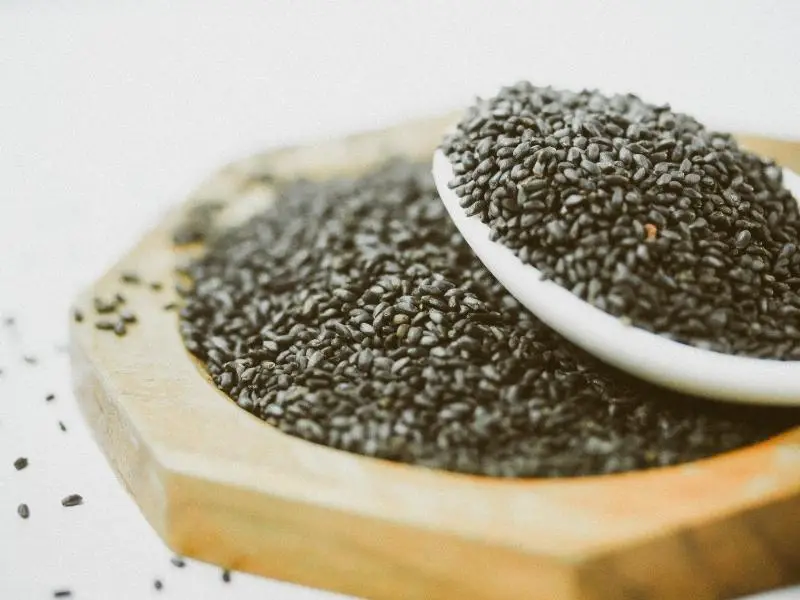
When stored in the right conditions, including temperatures of 40–50°F, basil seeds last for up to five years.
The right storage conditions improve the seeds’ ability to germinate (to grow after a period of dormancy.)
The best way to store basil seeds is to allow the seeds to dry (if necessary) and place them in a sealable glass jar or plastic bag.
Store the jar or bag in the freezer for two days to kill germs or pests in the seeds.
After removing the seeds from the freezer, place the jar or bag in a cool, dark place that doesn’t have access to sunlight or humidity, which trigger germination.
Storing seeds in an airtight container extends the lifespan of the seeds by keeping them dormant.
Expert Tips for Harvesting Basil Seeds
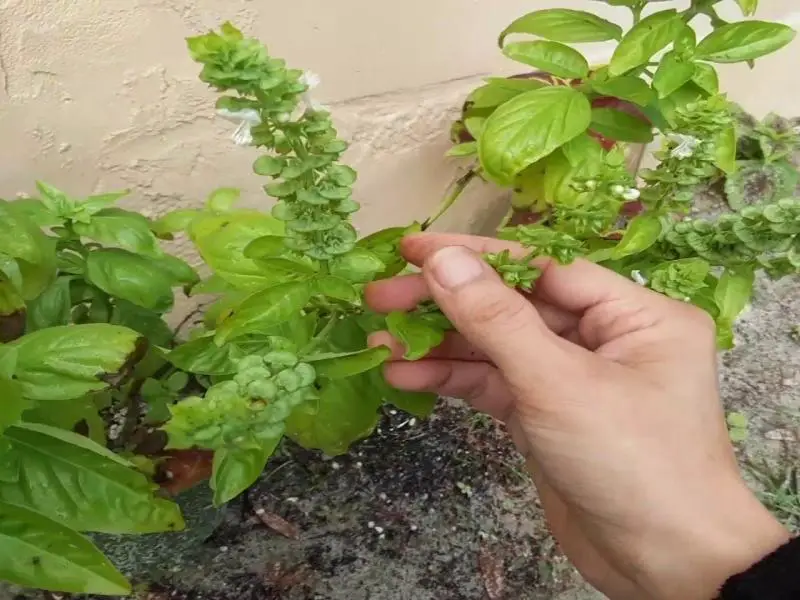
To ensure success in harvesting basil seeds, follow these tips:
Give Enough Time for Flowering
The flowering and browning process takes between six and 12 weeks to complete. The plants need enough time to ripen between flowering and the first frost, after which the basil plant shuts down.
Allow flowers to develop fully by mid-August at the latest.
Choose Your Healthiest Plants
To increase the likelihood of healthy plants in your next crop, choose the healthiest basil plants of your current crop to extract seeds from.
The seeds will carry the characteristics of your existing basil plants, so the healthier your chosen basil, the healthier your future crop.
Healthy basil plants are large, fragrant, and have green leaves and fast growth. Avoid basil plants with wilted or yellowing leaves, brown streaks or spots on the stems, or twisted stems, because these are signs of an unhealthy basil plant.
For bushier and and leafier basil plants, prune the basil plants when they’re about six inches tall.
Harvest the Seeds at the Right Time
Make sure to harvest the seeds as soon as the flowering pods begin to dry and brown, and before the pods open and disperse their seeds around your garden.
Collecting seeds from the pods is much easier than collecting scattered seeds from the surrounding soil.
Remove the Flowering Stems if Preferred
If you have a big bushy basil plant, removing the entire flower stem may be easier than picking individual flowers off the stems.
To remove the stems, use a sharp knife or clean scissors to cut the stems at the base. Place the gathered stems on a flat surface and pinch the flower heads to separate them from the stems.
Crush and Sieve the Seeds
If you struggle to extract the seeds from the flowers by rolling the flowers between your fingers, use the crush-and-sieve method.
Place the flowers in a sealed plastic bag and gently crush them with a rolling pin. Open the bag and pour the contents into a fine-mesh sieve, held over a bowl.
The tiny seeds will pass through the sieve into the bowl, while the unwanted parts of the plant will stay in the sieve.
Label Your Seeds
If you plan to store big batches of seeds to use over several years, store each batch in a separate date-labeled container.
Rotate the containers each year so that the oldest seeds are used first. This will prevent you from wasting batches of seeds that are too old to use.
Short on Time? Use the Lazy Method
If you don’t have time to follow the steps above for harvesting and storing basil seeds, follow the lazy method.
After the flower stems have turned brown, cut them from the basil plant and crumble them up around your garden.
The seeds will scatter across the ground, and several plants should begin to grow when the weather warms up the following spring.

